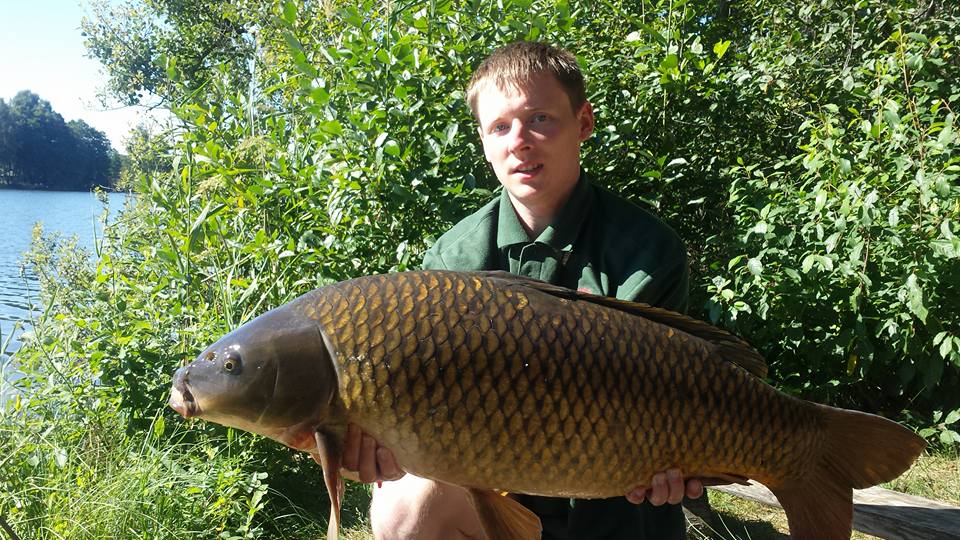Fly fishing for carp is an activity that many people enjoy. It is an activity that is popular in the warmer months. Small bodies of water like rivers and ponds become warmer as a result of the sun’s heat. This causes the carp to gravitate towards the warmth in search of food. However, carp can live in a wide range of water temperatures. For this reason, you will find carp in many locations.
So, what are carp, and what is fly fishing? Freshwater fish are generally known as carp. These fish are appealing to recreational fisherman. While they can be used for food, most carp are caught and released back into the water.
Fly fishing is the act of attracting fish by utilizing an artificial fly. Flies are designed to encourage the fish to bite. When a fish bites into the hook, it can be reeled in.
How to fly fish for carp
Fly fishing requires patience, just like any other sport. You will have to experiment to find the right technique. Fishermen with experience know that it is vital to scan the water for obstacles. You should also keep an eye out for overgrown vegetation and tree branches where fish can hide.
There are times when you can find a carp near the edge of the water. It is important to act quickly in such situations. At other times, you may notice a school of fish. This increases your chances of catching something. It doesn’t matter the angle at which you cast. Choose the method that feels most comfortable for you.
Timing is important
Timing is everything when you are preparing to fish. When your approach is abrupt, you will scare the fish away. However, if you are too gentle, the fish will not notice your flies. Finding the right balance is essential. A carp will realize what you are doing if you try to hook it too quickly. As a result, it may escape.
What to do when you hook the carp?
You will likely need to use strength if you hook a carp. Some fish are larger and stronger than others. You will reduce the carp’s ability to fight by demonstrating your strength. You will have a better chance of securing the fish because of this.

Buy the right gear
In order to go carp fly fishing, the first thing you need to do is buy the gear. First and foremost, you will need rods. The kind of rod that you need will depend on the size of cap you want to catch. Moreover, the fly reel should be able to support the weight of the fish. Check out these cheap fly reels for an example.
Aside from rods, you will also need flies. Rods are used to cast artificial flies into the water. In order to catch fish, you have to get them to bite on an imitation fly. These flies can differ in size, material, color, and pattern. Furthermore, some flies float, and some sink. What fly is best for you will depend on your preferences and where you plan to fish. We suggest using flies made of steel. During a fight, the fly will need to be strong enough to support the larger carp.
Don’t forget to dress appropriately. When fly fishing for carp, you should wear clothing that is lightweight and loose-fitting. You will get wet. For this reason, we recommend wearing clothing that will dry quickly. Also, wearing light clothing will give you a greater range of motion. Polarized glasses are another excellent accessory to invest in. In extreme sunlight, they will help you see the water clearly.
Conclusion
Fly fishing is a challenging sport that requires practice to master. After a few attempts, it becomes much more straightforward. Carp are easily spooked. When you catch one, however, it’s a rewarding experience.
Sources: Wikipedia, Pinfishing.com


